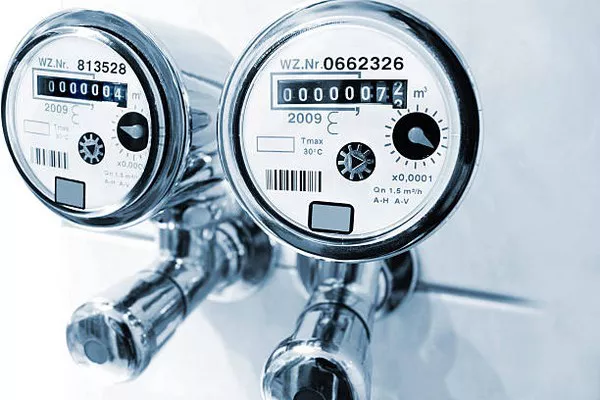Air pressure, a fundamental concept in meteorology and atmospheric science, plays a pivotal role in shaping weather patterns and influencing various natural phenomena. To comprehend and predict these phenomena accurately, scientists and meteorologists rely on precise measurements of air pressure. In this article, we will delve into the methods and instruments used to measure air pressure, highlighting their significance in various scientific disciplines.
Definition and Significance of Air Pressure:
Air pressure refers to the force exerted by the weight of the air above a specific point on the Earth’s surface. It is a critical component of weather systems, influencing wind patterns, temperature changes, and atmospheric disturbances. Measuring air pressure allows scientists to better understand and predict weather conditions, contributing to advancements in meteorology, climatology, and environmental science.
Units of Measurement:
Air pressure is commonly measured in units such as Pascals (Pa), millibars (mb), or inches of mercury (inHg). The standard atmospheric pressure at sea level is approximately 1013.25 hPa or 29.92 inHg. Understanding these units is essential for accurate communication and interpretation of air pressure readings.
Mercury Barometer:
One of the oldest and most traditional methods of measuring air pressure is by using a mercury barometer. Invented by Evangelista Torricelli in the 17th century, this instrument consists of a glass tube filled with mercury, inverted into a mercury-filled reservoir. The height of the mercury column in the tube correlates with atmospheric pressure. However, due to the toxicity of mercury, modern alternatives have gained prominence.
Aneroid Barometer:
The aneroid barometer, a mercury-free alternative, employs a small, flexible metal chamber that expands or contracts with changes in air pressure. This mechanical movement is then translated into a reading on a dial. Aneroid barometers are portable, durable, and widely used in meteorological instruments, altimeters, and barographs.
Electronic Barometers:
Advancements in technology have led to the development of electronic barometers that utilize sensors to measure air pressure. These sensors convert atmospheric pressure into electrical signals, providing digital readouts. Electronic barometers are highly accurate, and some models can be integrated into weather stations for continuous monitoring.
Weather Balloons and Radiosondes:
For upper-air measurements, weather balloons equipped with radiosondes are deployed. Radiosondes are small instruments attached to the balloons, transmitting data on temperature, humidity, and air pressure as they ascend through the atmosphere. This method offers valuable insights into the vertical distribution of air pressure, aiding in weather forecasting and research.
Barographs:
Barographs are instruments that continuously record air pressure over time. They consist of a barometer connected to a pen or needle that traces a graph on a rotating drum or paper. Barographs are valuable for studying pressure trends, detecting sudden changes, and creating pressure charts for analytical purposes.
Standard Atmospheric Pressure and Calibration:
To ensure accurate measurements, instruments must be calibrated regularly. The standard atmospheric pressure at sea level serves as a reference point for calibration. Calibration involves adjusting instruments to match the known standard, maintaining precision in air pressure readings.
Mobile Apps and Online Platforms:
In the digital age, mobile apps and online platforms provide accessible tools for measuring air pressure. Smartphones equipped with built-in sensors can serve as barometers, offering real-time pressure readings. Additionally, websites and applications integrate data from various sources, providing users with up-to-date atmospheric pressure information.
Importance in Meteorology and Beyond:
Accurate air pressure measurements are crucial for weather forecasting, climate research, aviation, and a range of scientific studies. Meteorologists use pressure data to analyze weather systems, predict storms, and understand atmospheric dynamics. Furthermore, air pressure variations impact human health, making it relevant in medical fields such as high-altitude medicine and respiratory studies.
See Also Barometer-Definition, Working, And Types
Conclusion:
Measuring air pressure is a fundamental aspect of understanding atmospheric conditions and predicting weather patterns. From traditional mercury barometers to modern electronic sensors, a variety of instruments and methods cater to diverse scientific needs. The continuous advancement of technology has made air pressure measurements more accessible and accurate, contributing to progress in meteorology, environmental science, and beyond. As we strive for a deeper understanding of our atmosphere, the tools and techniques employed in measuring air pressure play a pivotal role in shaping our scientific endeavors.

